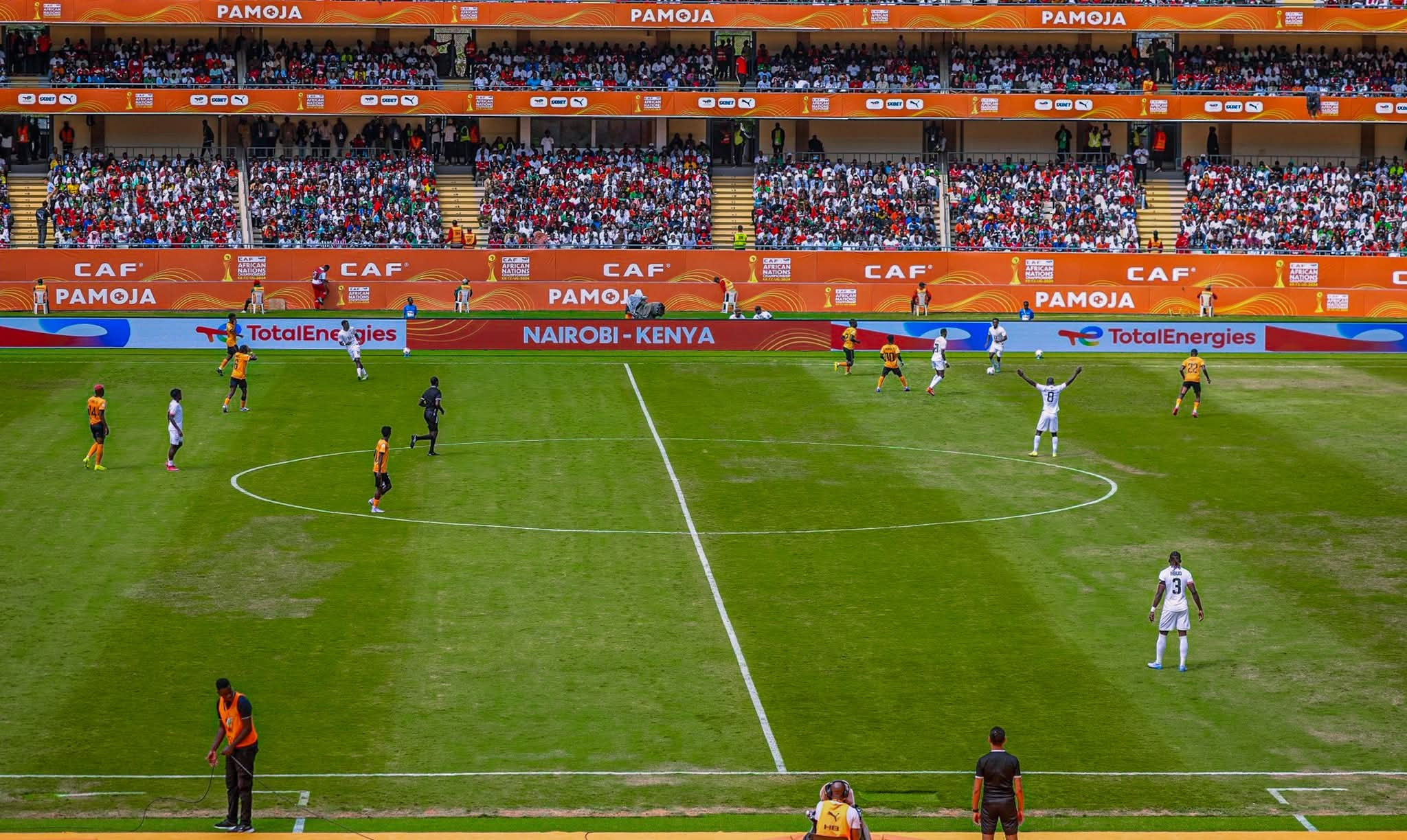For countless travellers on the Nairobi–Nakuru Highway, Sunday night turned into an ordeal they will not soon forget. One of Kenya’s busiest transport corridors was brought to a complete standstill, leaving passengers, truck drivers, and motorists stranded for hours in freezing rain.
The gridlock, which stretched between Naivasha Prisons and the Keroche area, highlighted once again the growing concerns over traffic management on Kenya’s most vital highways.
Heavy rains pounded the area throughout the night, worsening road conditions and making visibility nearly impossible.
What began as a minor slowdown quickly escalated into a full-blown traffic nightmare as vehicles piled up on both sides of the highway, stretching for kilometres. Reports indicate that motorists were left with little to no assistance from traffic officers, sparking widespread frustration.
“This isn’t the first time we’ve been left helpless on this highway,” one commuter lamented. “There should be a rapid response system for such a busy road.” Another passenger was more direct, blaming the indiscipline of motorists: “Too bad. It could have been avoided, but a few drivers decided otherwise.”
The incident was not an isolated case. Just days earlier, similar snarl-ups paralysed movement along the same highway. On Thursday, a traffic jam originating near Delamere spread several kilometres past the Gilgil weighbridge.
A day later, on Friday, travellers on the Nairobi–Mai Mahiu–Naivasha highway experienced a 21-kilometre gridlock, with some motorists forced to spend the night on the road.
The recurring nature of these traffic nightmares underscores a deeper problem: poor enforcement of traffic rules, inadequate road infrastructure, and a lack of rapid-response mechanisms to address emergencies. For a highway that carries both local and international cargo, such delays translate into not only personal frustration but also significant economic losses.









